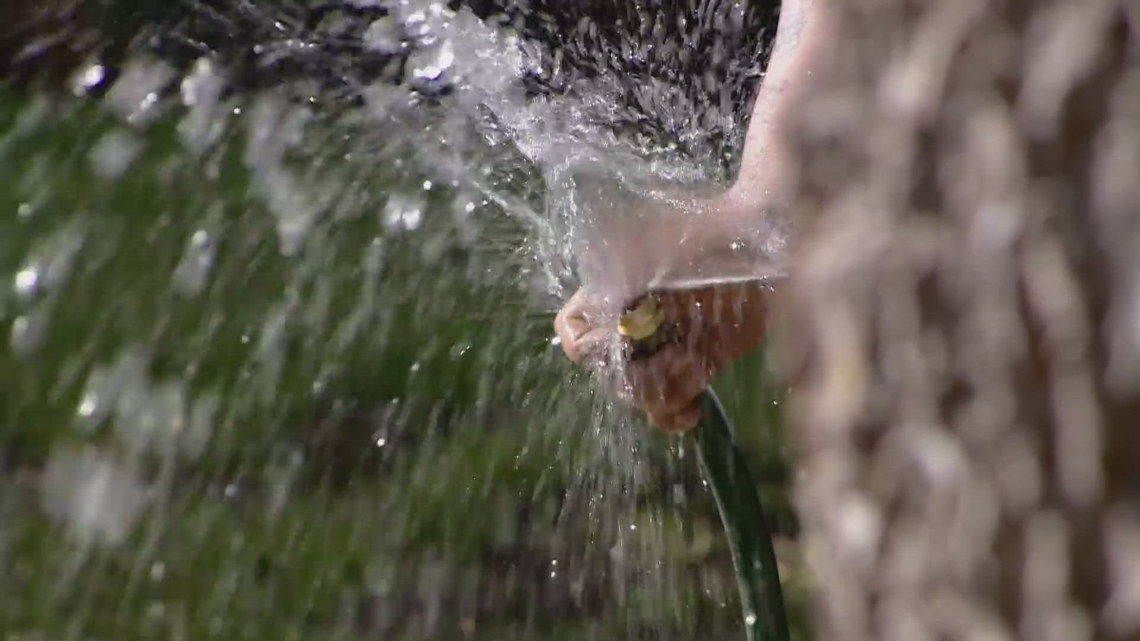
There are five highlights to the changes, which include new watering hours.
SAN ANTONIO — Thursday, the San Antonio City Council voted to approve changes proposed by SAWS to address drought conditions, including changes to watering rules and ways violations are billed to customers.
There are five highlights to the changes, which include new watering hours.
SAWS Vice President of Conservation Karen Guz, said they looked at water use in this pretty severe drought when coming up with these changes.
“And asked the question, ‘how do we be more effective?’ well having the least restrictive set of rules that impact the lowest number of people possible,” she said.
First up, watering hours. SAWS is altering the hours saying people have asked for more time watering early in the morning.
“We are changing the times,” Guz said. New time for Stage Two would be 5 a.m. to 10 a.m., 9 p.m. to midnight.”
The next change would be regarding the non-compliance charge. What’s on the table, is that SAWS will no longer issue you a citation via municipal court. Instead, the charge will show up on your bill.
“You would get notified,” she said. “You would have 21 days to communicate with us about it, before it would appear on your bill.”
She said the first charge for a single family or small commercial site is $137. She said after the first violation the fees do go up.
“If you are a person or a business that violates multiple times, that will hopefully get your attention and follow the rules,” Guz said.
The next proposed rule is a change to Stage 3. Currently, Stage 3 limits everyone to watering only two times a month.
“Instead, we think a better Stage 3 would be a surcharge only on the highest users,” said Guz.
The surcharge would replace the twice-a-month water rule in Stage 3. Guz said the surcharge is for the top five percent of water users. SAWS reports the Stage 3 surcharge of $10.37 per thousand gallons will take effect for water use above 20,000 gallons a month.
“Last summer, the average single family home even in the summer months stayed under 8,000 gallons a month,” she said. “So, usually when we see single-family usage of being 20,000 or more, it usually means lot of landscaping water going on.”
Guz said making these small changes would help us get through this severe drought, and what is expected to be a tough summer.
“This is the fifth year we have had reduced and recharge in the Edwards Aquifer,” she said. “The current status of drought is worse than any SAWS has ever weathered.”
Two other proposed changes are for drip irrigation and irrigation inspections. Again, this Thursday council is expected to vote on these proposed rules.
>MORE ON KENS
Original News Source
Click here for Superior HOA Management
